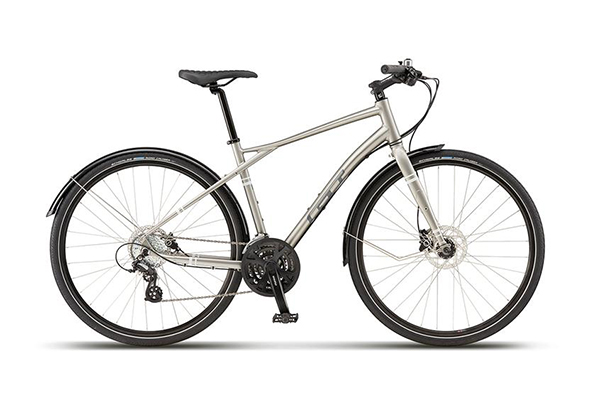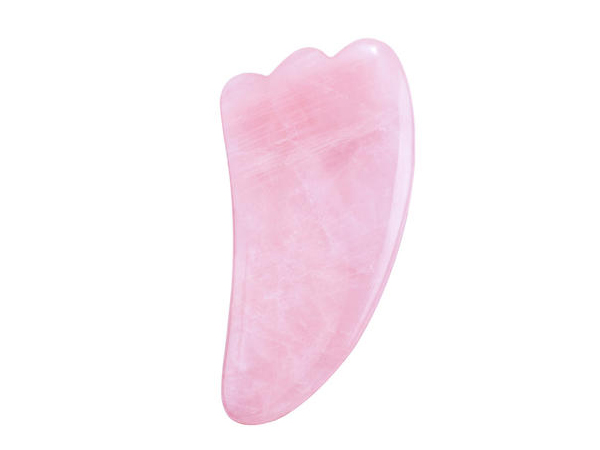Crimp connectors are a popular type of electrical connector used to connect two or more wires together. They are typically made of metal and have a hollow tube that is crimped around the wire to create a secure and reliable connection. In this post, we will explore the different types of crimp connectors, how to choose the right one, and how to use them effectively.
Types of Crimp Connectors
There are several different types of crimp connectors available, each designed for specific applications. Here are some of the most common types:
Butt Connectors
Butt connectors are used to join two wires end-to-end. They are typically used in automotive and marine applications and are available in insulated and non-insulated varieties.
Ring Terminals
Ring terminals are crimped onto a wire and have a circular opening that allows them to be attached to a bolt or screw. They are commonly used to connect wires to a terminal block or other electrical component.
Spade Terminals
Spade terminals, also known as fork terminals, have a flat, U-shaped connection that can be easily inserted and removed from a screw terminal. They are often used in automotive and marine applications.
Pin Terminals
Pin terminals are similar to spade terminals, but they have a cylindrical shape instead of a U-shape. They are commonly used in electronics and industrial applications.
Hook Terminals
Hook terminals have a curved shape that allows them to be hooked onto a terminal or screw. They are often used in applications where the wire needs to be easily removed or replaced.
How to Choose the Right Crimp Connector
Choosing the right crimp connector is essential to creating a secure and reliable connection. Here are some factors to consider when selecting a crimp connector:
Consider the Application and Environment
The first thing to consider when selecting a crimp connector is the application and environment. If the connector will be exposed to moisture or other harsh conditions, an insulated connector may be necessary. Similarly, if the connector will be exposed to high temperatures, a connector made from heat-resistant materials may be required.
Select the Appropriate Wire Gauge
It is important to choose a crimp connector that is appropriate for the wire gauge being used. Using a connector that is too small for the wire can lead to a weak connection, while using a connector that is too large can make the connection difficult to crimp and may result in a loose connection.
Choose the Right Material
Crimp connectors are available in a variety of materials, including copper, brass, and aluminum. Copper is the most commonly used material for crimp connectors due to its high conductivity and corrosion resistance. However, brass and aluminum connectors may be more suitable for specific applications.
Tools Needed for Crimping
In order to crimp a connector onto a wire, you will need a few tools:
Crimping Tools
A crimping tool is designed to crimp the connector onto the wire. There are several different types of crimping tools available, including handheld tools and bench-mounted tools.
Wire Cutters
Wire cutters are used to cut the wire to the appropriate length before crimping the connector onto the end.
Wire Strippers
Wire strippers are used to remove the insulation from the end of the wire, exposing the bare wire that will be crimped into the connector.
How to Crimp a Connector
Crimping a connector onto a wire is a relatively simple process. Here are the steps:
Strip the Wire
Using a wire stripper, remove the insulation from the end of the wire, leaving about 1/4 inch of bare wire exposed.
Insert the Wire into the Connector
Insert the stripped end of the wire into the hollow tube of the crimp connector. Make sure the wire is fully inserted and that the insulation does not extend into the connector.
Crimp the Connector
Using a crimping tool, apply pressure to the connector, crimping the hollow tube around the wire. Be sure to apply enough pressure to create a secure connection, but not so much that the connector is crushed or deformed.
Inspect the Crimp
After crimping the connector, inspect the connection to ensure it is secure and reliable. Make sure the wire is fully seated in the connector and that the crimped tube is tightly wrapped around the wire.
Advantages and Disadvantages of Crimp Connectors
Like any type of electrical connector, crimp connectors have both advantages and disadvantages. Here are some of the main advantages:
Advantages
- Crimp connectors are relatively easy to use and require minimal training or expertise.
- They create a secure and reliable connection that is less likely to come loose or fail over time.
- Crimp connectors are available in a wide range of sizes and styles, making them suitable for a variety of applications.
- They are often more cost-effective than other types of connectors, such as soldered or welded connections.
However, there are also some disadvantages to using crimp connectors, including:
Disadvantages
- Crimp connectors can be difficult to inspect and may require special tools or equipment to ensure they are properly installed.
- They are not suitable for all applications, particularly those involving high temperatures, vibration, or exposure to chemicals or moisture.
- The crimped connection can be weakened if the wire is not fully seated in the connector or if the crimping tool is not used correctly.
Conclusion
Crimp connectors are a simple and effective way to connect wires together. By choosing the right connector for the application, using the appropriate tools and techniques, and inspecting the connection for reliability, you can create a secure and long-lasting connection that will provide reliable performance over time. Whether you are working on an automotive or marine project, building a custom electronics system, or simply making repairs around the home, crimp connectors are an essential tool in your electrical toolkit.



